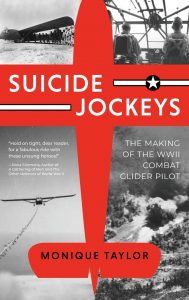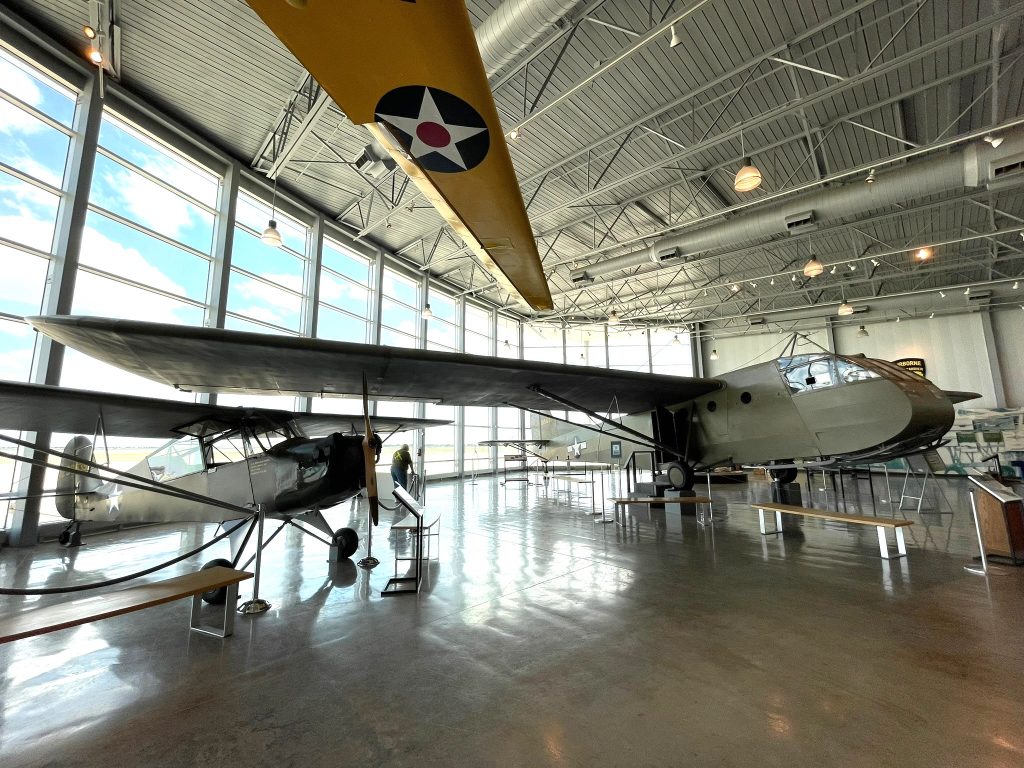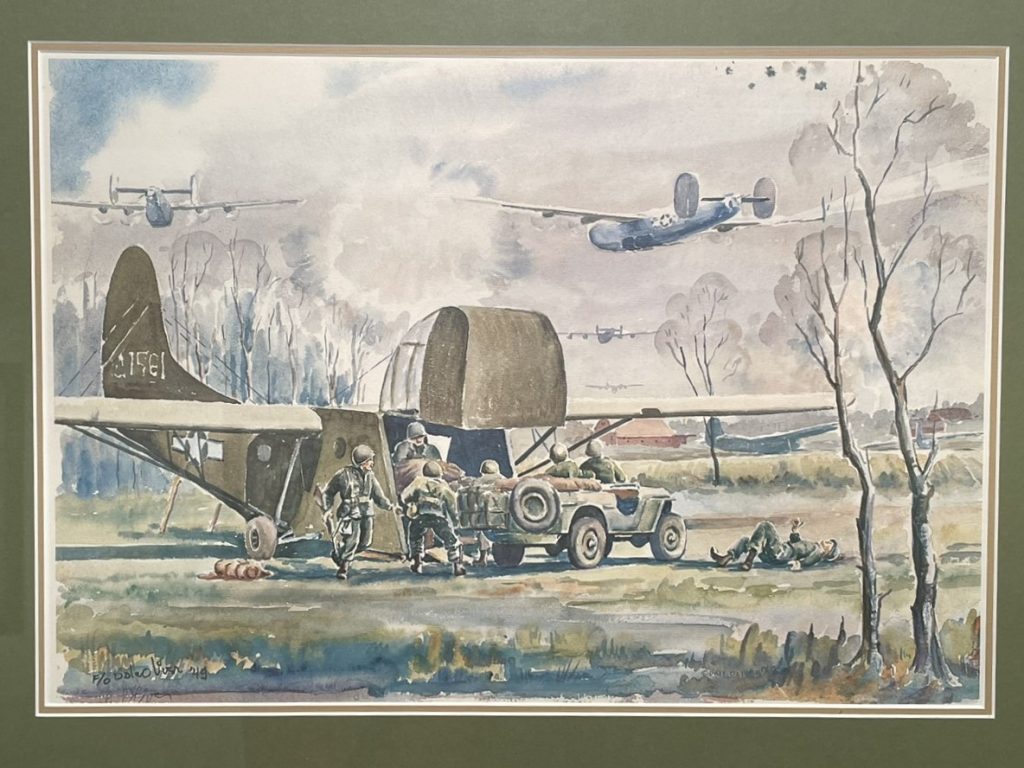Prairie Dog Town
Gotta stop and see Prairie Dog Town while visiting Lubbock – especially since it might not be there for long. It was established in the 1930s by K.N. Clapp, who was alarmed by the effectiveness of government poisoning programs.
The thing is, these guys are quite destructive and have run amok, so the town is considering doing away with them. They burrow tunnels and make lots of holes, which are dangerous to walk on. It’d be one thing if they were contained, but as we can attest, they were all over the place, well beyond the designated prairie dog town.
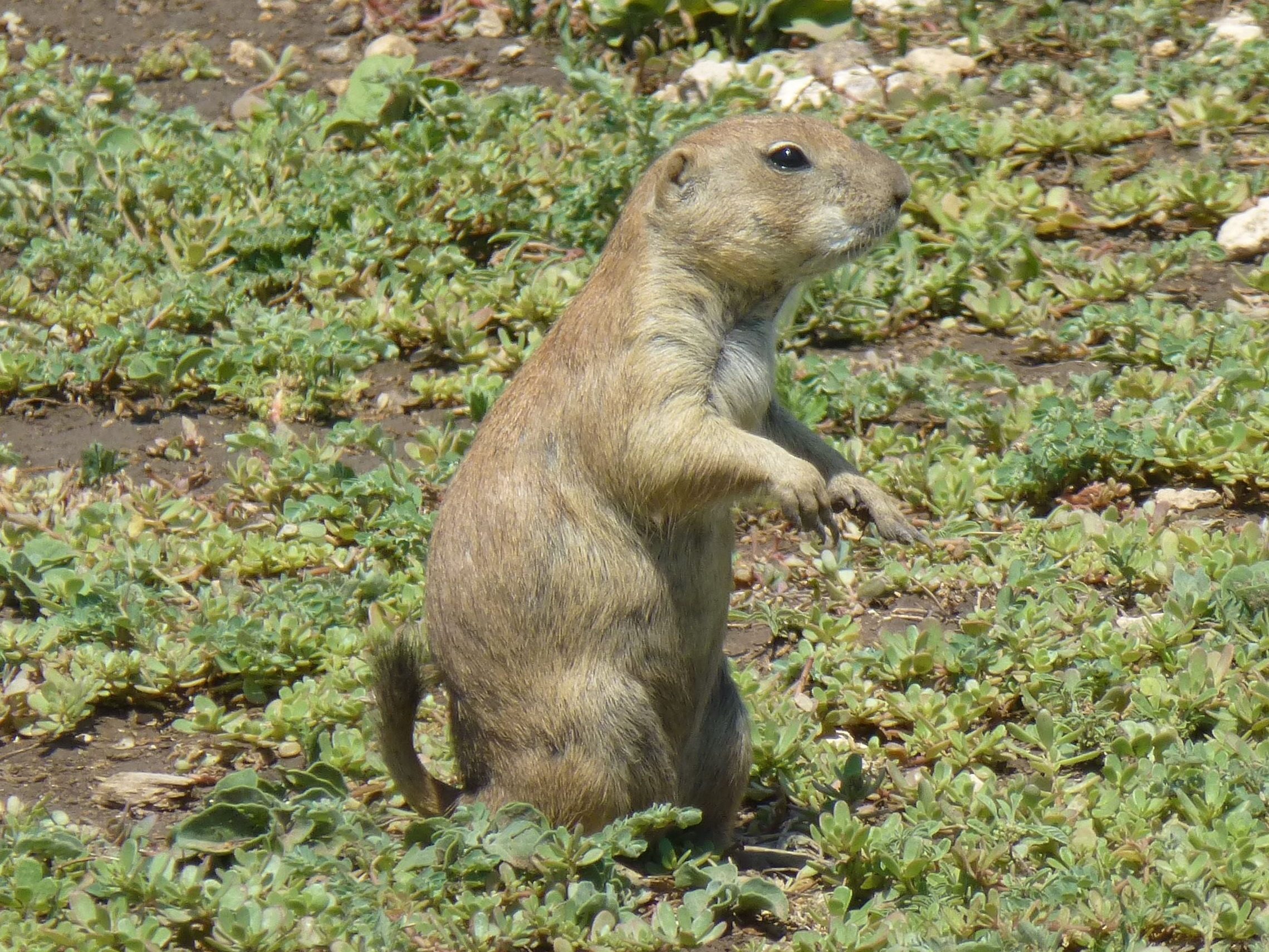
Residents are fed up with their yards being torn up, regardless how cute the critters look romping about.
The Buddy Holly Center
Buddy Holly was born Charles Hardin Holley in Lubbock in 1936; “Buddy” was his childhood nickname, and the revision of his last name was due to a typo on a contract. He was a “central and pioneering figure of mid-1950s rock and roll” (Wikipedia) before his life was tragically cut short in a plane crash when he was just 22. His 1957 hit with the Crickets, “That’ll Be the Day”, topped the charts in the US and UK. “Peggy Sue” followed soon after.
The Buddy Holly Center had a fair amount of items on display given his short life, but unfortunately no photos were allowed inside.
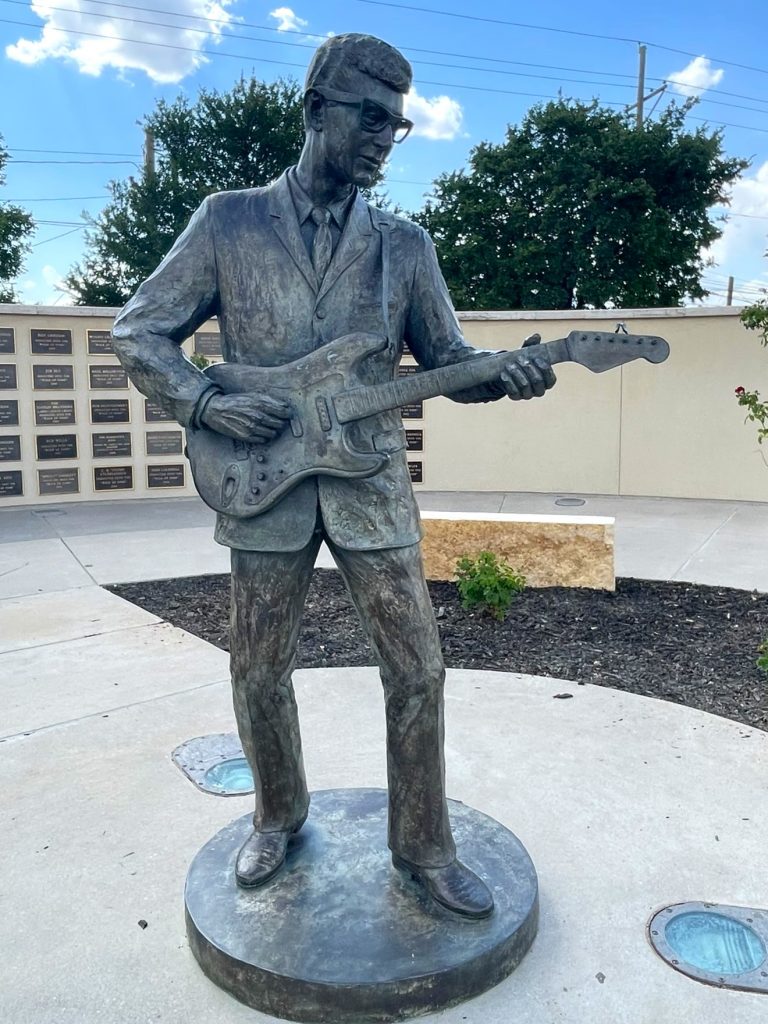

Birding
We tried to do some birding during our limited time in Lubbock, but didn’t do so great. Not sure if I mentioned I’m over the water birds. If birding software can’t identify these crystal clear photos, how am I supposed to do it?
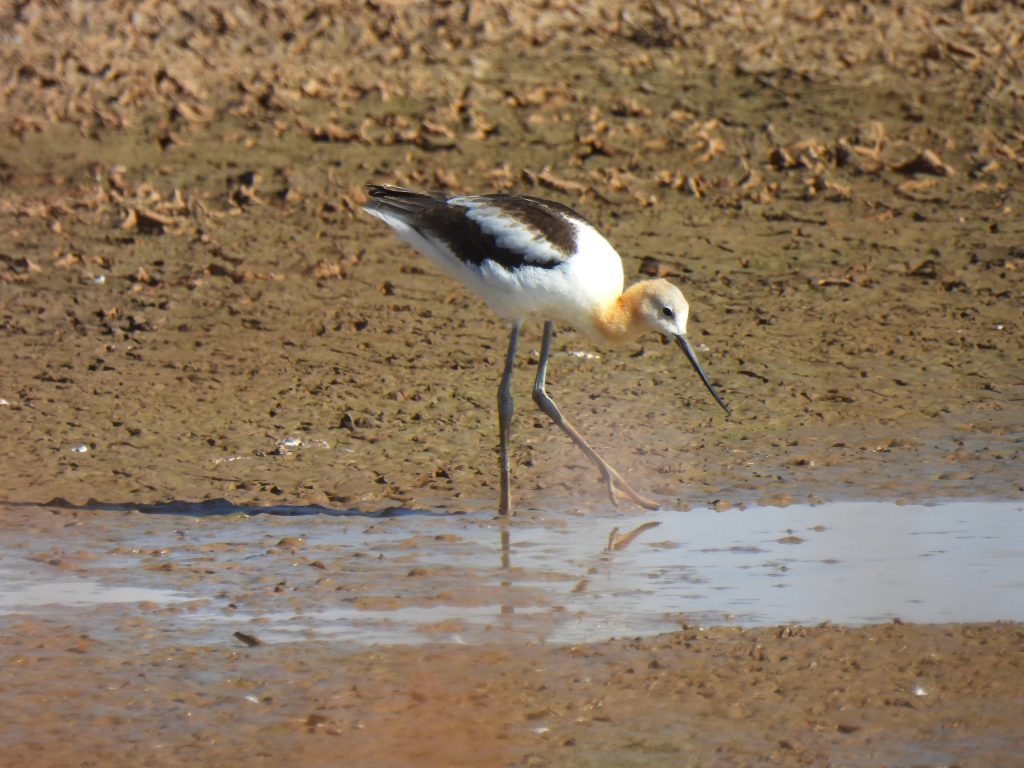
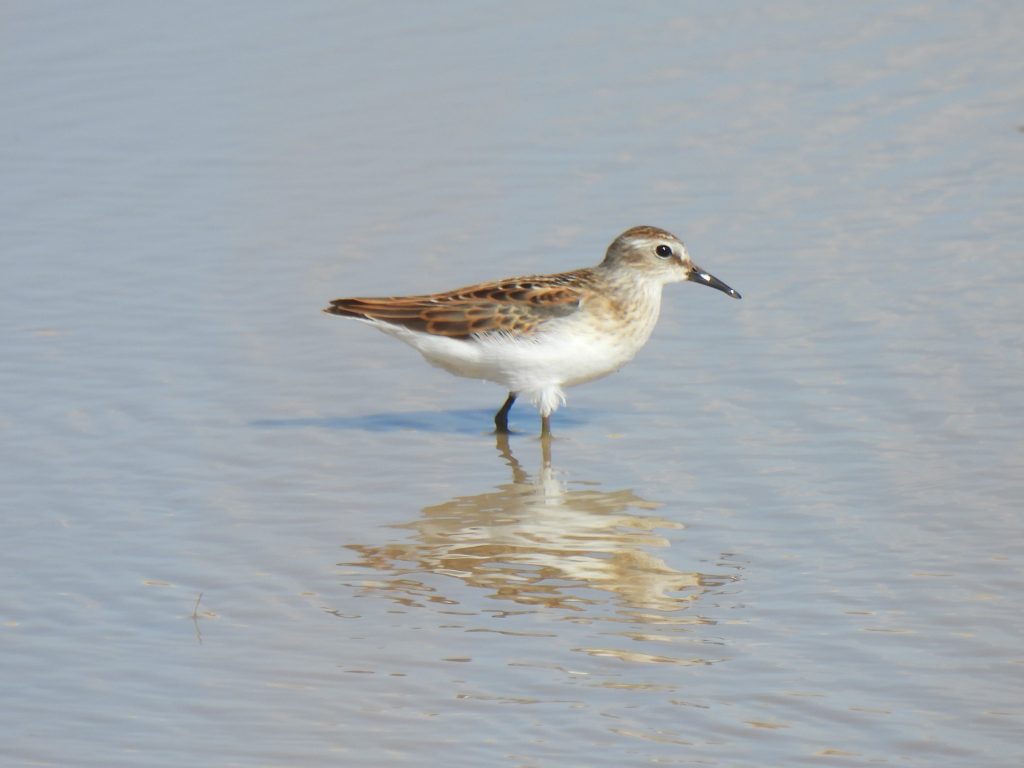
American Windmill Museum
We went to the American Windmill Museum because it was well-rated on Google and was recommended by friends, but honestly, there’s only so many windmills you can look at with interest. This museum has more than 200 windmills and wind turbines, both inside its 33,000-square-foot building and spread out over its 28-acre park. It also had an assortment of other oddities, such as a large collection of millstones, a collection of miniature dioramas, and a very large model train layout.
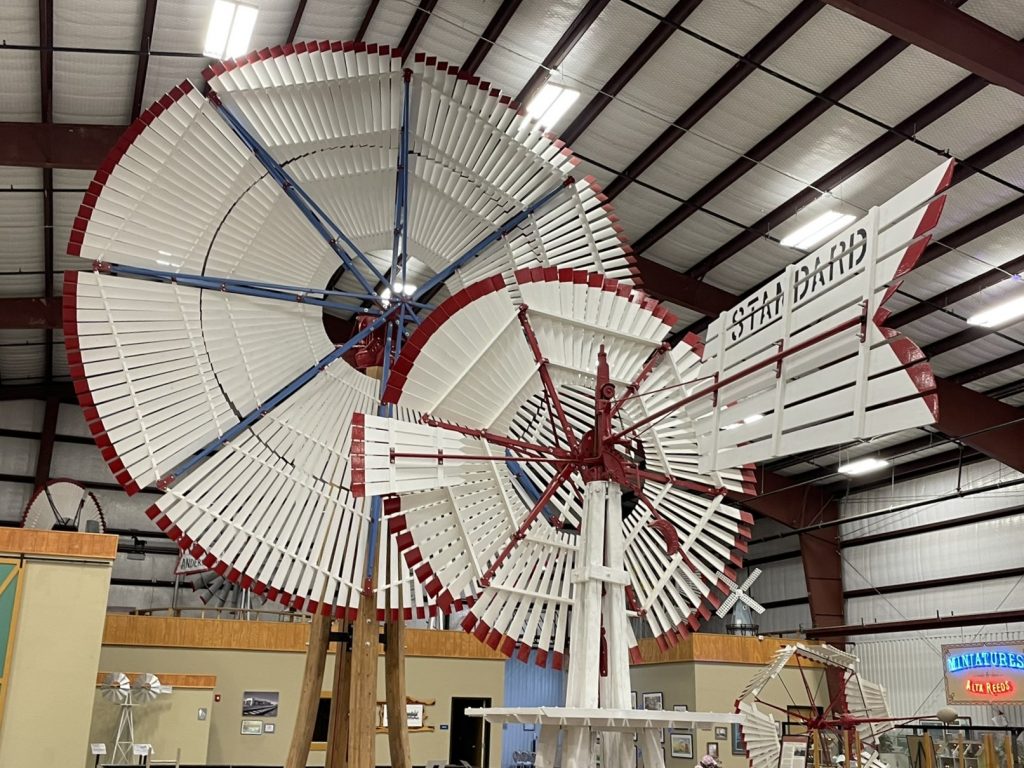
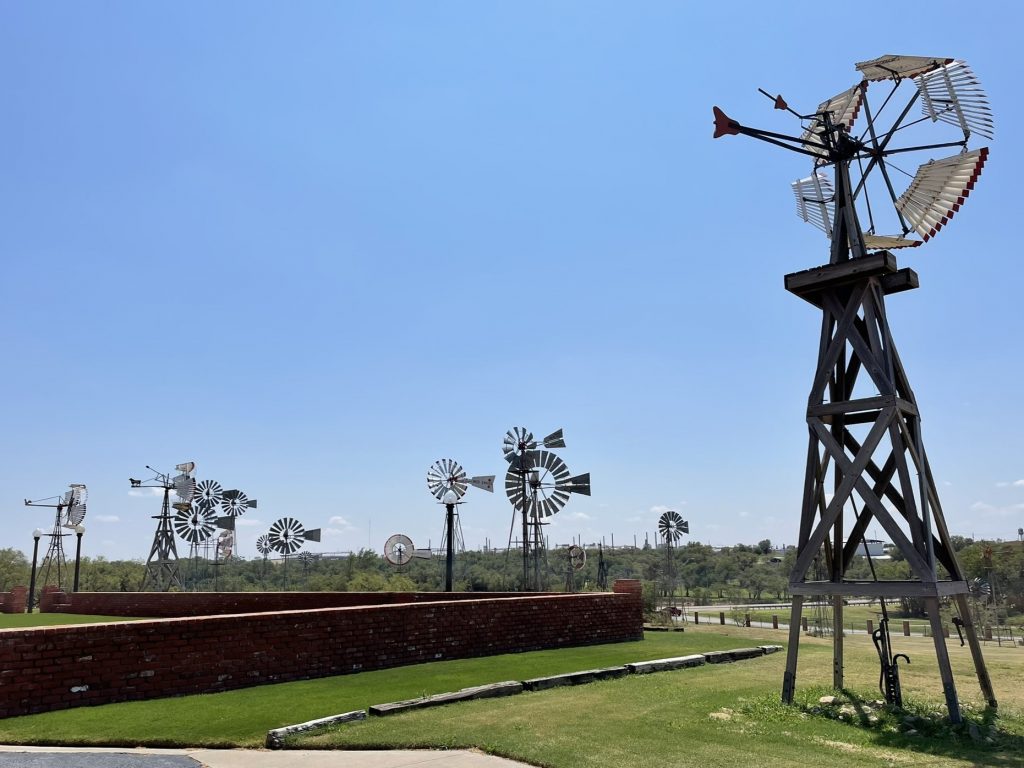
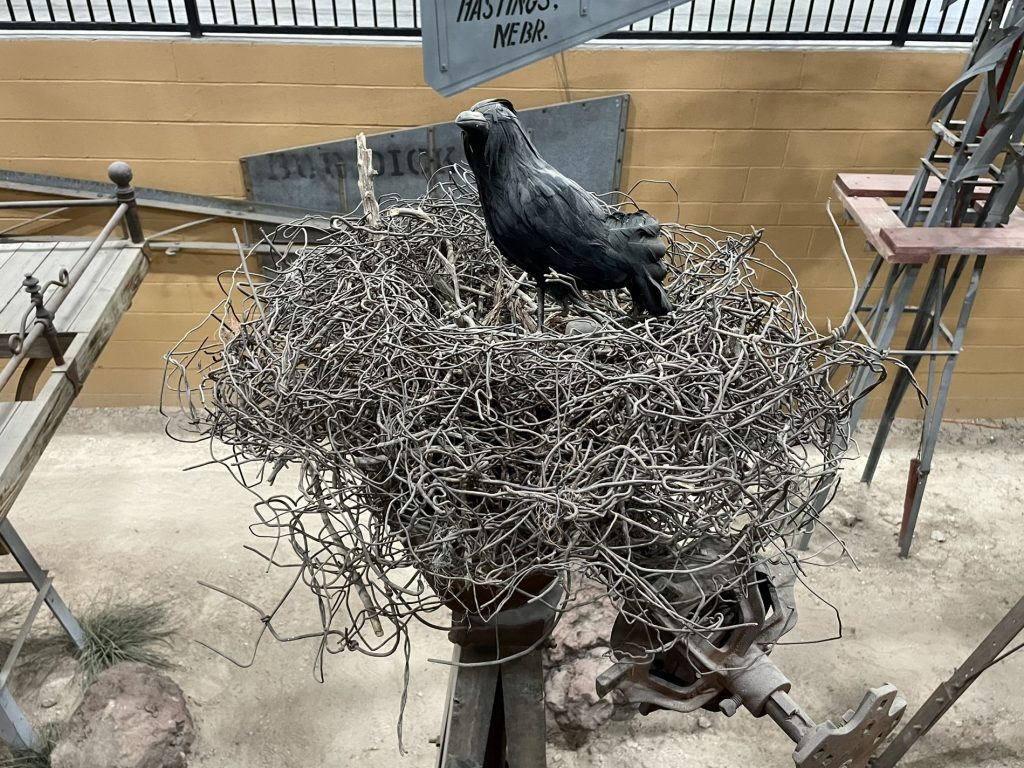
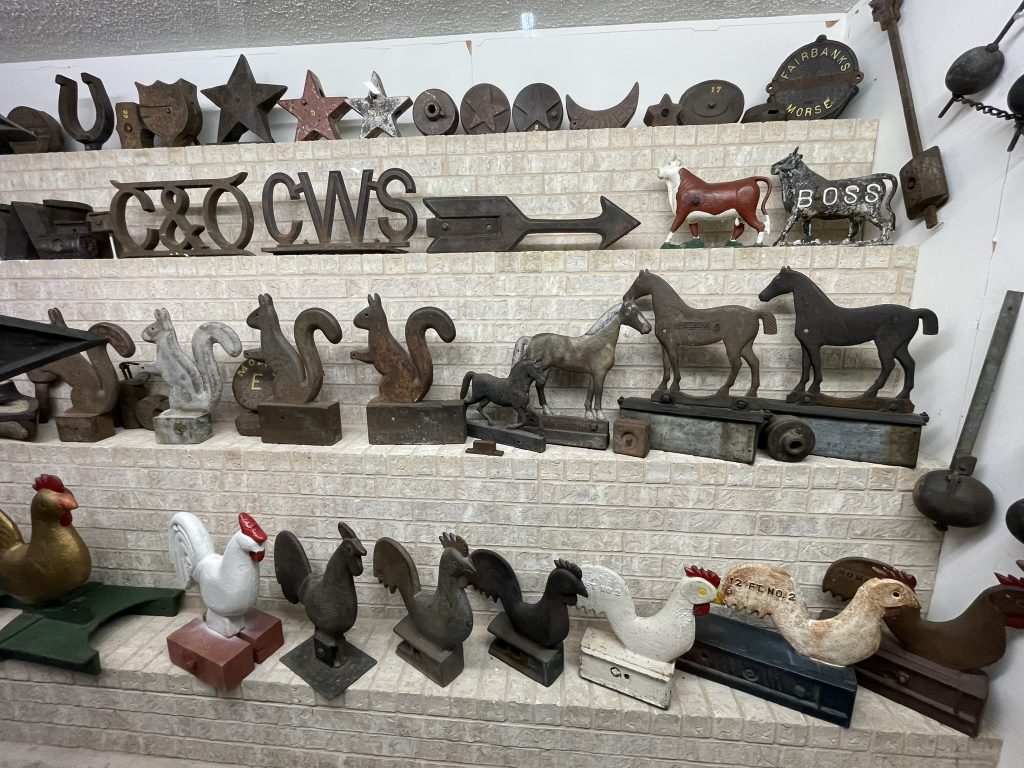
Texas BBQ
When in Texas, it’s pretty much a law that you have to eat barbecue. So Doug did his civic duty and happily indulged in some smoked meats.
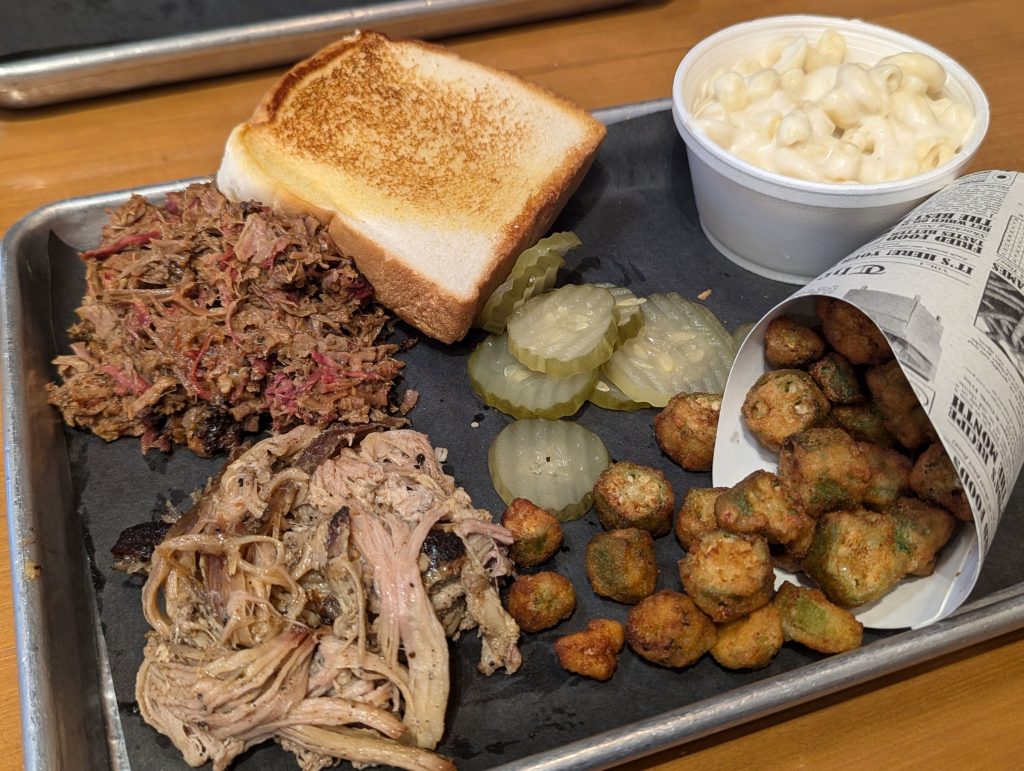
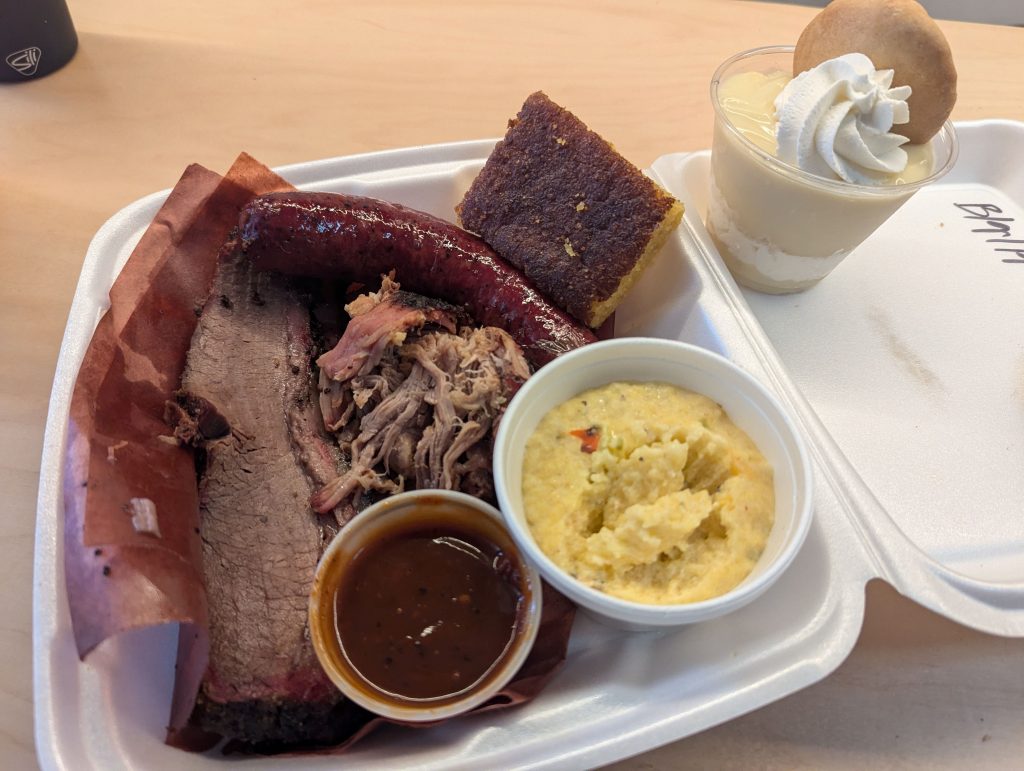
Silent Wings Museum
The Silent Wings Museum tells the story of the World War II military glider pilot program. The center is located on the site where a large training facility was located, with 80% of the 7,000 WWII glider pilots going through the program at this location.
Gliders were “silent wings” because they had no engine, allowing them to land troops and supplies behind enemy lines undetected. This was a one-way trip, as the gliders had no means of getting airborne for a return trip home. A book on this topic, Suicide Jockeys: The Making of the WWII Combat Glider Pilot by Monique Taylor, says the pilots of these “flying coffins” survived on “sheer guts, talent, skill, and luck.”
